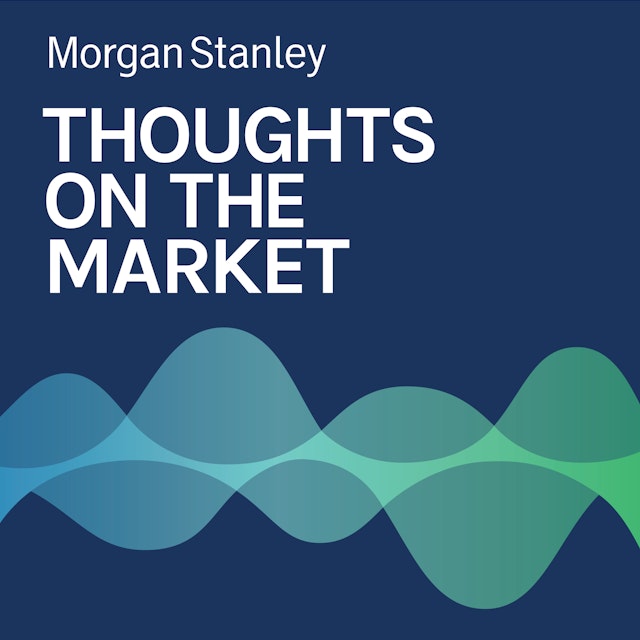Based on July reports inflation may finally be cooling down, and the labor market remains strong, so how might this new data influence policy changes in the September FOMC meeting?
-----Transcript-----
Welcome to Thoughts on the Market. I'm Ellen Zentner, Chief U.S. Economist for Morgan Stanley Research. Along with my colleagues, bringing you a variety of perspectives, I'll be catching you up to speed on U.S. inflation, the labor market and our outlook for Fed policy. It's Monday, August 15th, at 11 a.m. in New York.
Let me start with some encouraging news. If we look at the July readings for both the Consumer Price Index data and the Producer Price Index, inflation finally appears to be cooling. And that should take some pressure off the Fed to deliver another 75 basis point hike in September. So that's the good news. However, inflation is still elevated and that suggests the Fed still has a lot of work to do, even if there's a reduced need for a third consecutive 75. We're forecasting a 50 basis point hike at the September and November meetings and 25 basis points in December for a peak interest rate of 3.625%.
Okay, let's look a bit more under the hood. July CPI on both headline and core measures surprised to the downside, and the PPI came in softer as well. Together, the reports point to a lower than previously anticipated inflation print that will be released on August 26th. Now, the recent blowout July employment report led markets to price a high probability of a 75 basis point hike. But the inflation data then came in lower than expected and pushed the probability back toward 50 basis points.
Based on the outlook for declining energy prices, we think headline inflation should continue to come down and do so quite quickly. However, core inflation pressures remain uncomfortably high and are likely to persist. For the Fed signs of a turn around in headline inflation are helpful and are already showing up in lower household inflation expectations. However, trends in core are more indicative of the trajectory for underlying inflation pressures, and Fed officials came out in droves last week to stress that the steep path for rates remains the base case. Sticky core inflation is a key reason why we expect the Fed to hold at 3.625% Fed funds, before making the first cut toward normalizing policy in December 2023.
Now, let me speak to July's surprising employment report. As the data showed, the labor market remains strong, even though some of the data flow has begun to diverge in recent months. Leading up to the recent release, the market had taken the softening in employment in the household survey, so that is the employment measure that just goes out to households and polls them, were you employed, were you not, were you part time, were you full time, and generally because that's been very weak, the market was taking it as a potential harbinger of a turn in the payrolls data, payrolls data are collected from companies that just ask each company how many folks are on your payrolls. Household survey employment was again softer in July, coming in at 179,000 versus 528,000 for the payroll survey.
Now, this seems like a sizable disparity, but it's actually not unusual for the household and payroll surveys to diverge over shorter periods of time. And these near term divergences largely reflect methodological differences. But what's interesting here and worth noting is that these differences in data likely reflect a shift in the form of employment.
While the economy saw a large increase in self-employment in the early stages of the pandemic, the data now suggest workers may be returning to traditional payroll jobs, potentially because of higher nominal wages and better opportunities. If the economy is increasingly pulling workers out of self-employment and into traditional payroll jobs, similar pull effects are likely reaching workers currently out of the labor force.
And this brings me to one of our key expectations for the next year and a half, which is a continued increase in labor force participation, in particular driven by prime age workers age 25 to 54. Higher wages, better job opportunities and rising cost of living will likely bring workers back into the labor force, even as overall job growth slows. Fed researchers, in fact, have recently documented that a delayed recovery in labor force participation is quite normal, and that's something we think is likely to play out again in this cycle.
Thanks for listening. If you enjoy the show please leave us a review on Apple Podcasts, and share Thoughts on the Market with a friend or colleague today.
The podcast Thoughts on the Market is embedded on this page from an open RSS feed. All files, descriptions, artwork and other metadata from the RSS-feed is the property of the podcast owner and not affiliated with or validated by Podplay.
